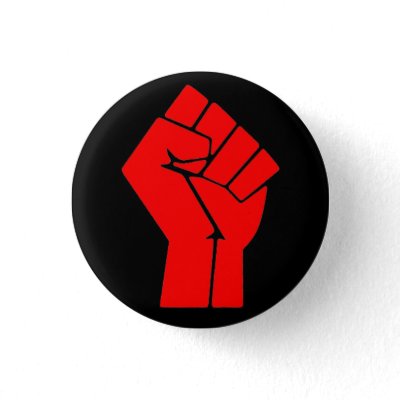&
☭proletarian☭
Guest
☭proletarian☭;1773394 said:Like the Red Star, the H&S is used much more widely nowadays by many communist and socialist persons and entities. It represents the union of different aspects of the working class.So you are a socialist? Your symbolism is confusing me.
Either way, I find it ironic that you are concerned about the plight of the Afghan people while flying the hammer and sickle, the symbol of the soviets.
Okay fine.
When it was flown over Afghanistan, it represented the whole sale slaughter of innocents, rape, destruction of agricultural resources and starvation of the working class.
Sounds kinda like the British flag over India, the French over Vietnam, the US flag over a large chunk of the people who lived here....
If you prefer,
